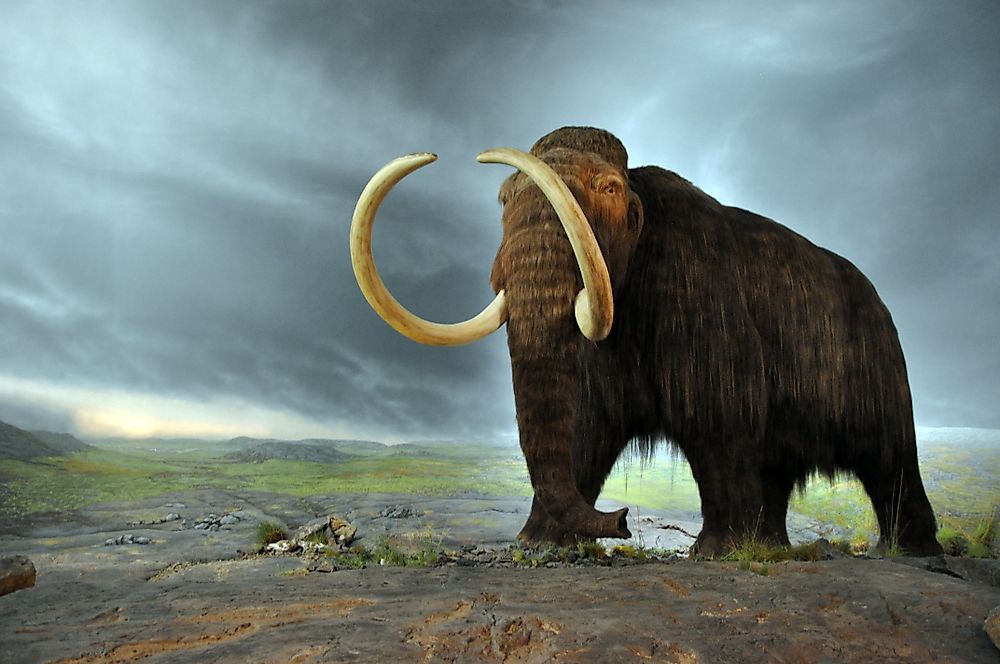When Did Woolly Mammoths Go Extinct?

Mammoths were a type of large mammal known for their elongated and curved tusks. They were alleged to be similar in size to the present Asian elephants, meaning they were about 3 meters in height and weighed about five tonnes. For a mammoth to bear a calf, it had to go through a gestation period of 22 months. Mammoths inhabited various regions in North America, Africa, Asia, and Europe before becoming extinct around 4,000 years ago.
Evolution Of Mammoths
The Elephantidae family, elephants, and mammoths, came into existence six million years ago and inhabited Africa. The South African mammoth (Mammuthus subplanifrons) and Mammuthus africanavus are the most ancient Mammuthus. The mammuthus subplanifrons was first recognized five million years ago in areas, which are modernly known as southern and eastern Africa. The species progressed to the north and continued to spread out until they covered Eurasia.
Three million years ago, other mammoths were discovered to move into Europe. The earliest species was the Mammuthus rumanus, which spread out in Europe and China. The rumanus had 8-10 ridges enamel; it evolved into another species with 12-14 ridges enamel. The species substituted rumanus and was referred to Mammuthus meridionalis. The steppe mammoth (throgontherii), with 18-20 ridges enamel, then came into existence a million years ago.
The throgontherii inhabited East Asia. About 200,000 years ago, the species evolved molars with 26 ridges in Siberia and transformed into woolly mammoths (primigenius). The thogontherii that spread across North America grew into Colombian mammoths (columbi). The primigenious emerged 400,000 years ago and is believed to be last species to evolve.
Extinction Of Mammoths
The mass elimination of large animals of over 44 kilograms that took place in America and northern Eurasia led to the extinction of most woolly mammoths and Colombian mammoths that inhabited these areas. About 12,000 years ago, other woolly mammoths were presumed to have disappeared from southern Siberia and Europe. However, 2,000 years later some woolly mammoths were confirmed to have still been existing. It did not last long before they also vanished. By the 4th millennium BCE, approximately 4,000 years ago, the last woolly mammoth had gone extinct.
Since mammoths were herbivores and highly depended on plants for nutrients, the heating up of the earth caused the decaying of plants making it hard for them to survive. Besides climate, humans are also believed to have contributed to the vanishing of mammoths. Humans traveled to the north to discover new settlement areas. As they dispersed, they collided with woolly mammoths, which they hunted down for their meat and skin.











